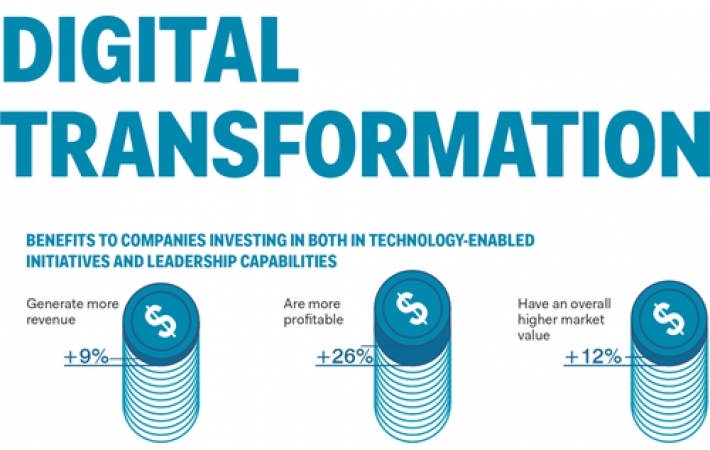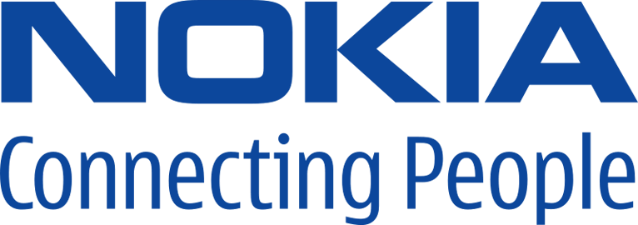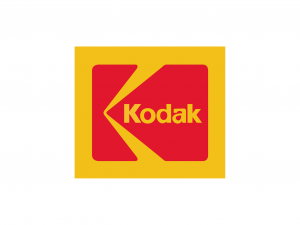
Published on 12/04/2017 | Strategy
LINKING DIGITIZATION AND COMPANIES’ PERFORMANCE
In 2002, Capgemini Consulting published their online report, ‘How Digital Leaders Outperform their Peers in Every Industry’ after performing surveys on 391 companies and analyzing 184 publicly traded companies to assess their digital maturity. Importantly, the results were linked to their industry-adjusted financial performance.
Per Capgemini, digital maturity means to invest in technology enabled initiatives while at the same time, enabling digital transformation leadership.
They separated those two dimensions into four different categories and found that the companies that combine investments both in technology-enabled initiatives as well as the leadership capabilities outperform their peers.

Another study, The Path to Digital Transformation (18), shows that digital transformation has the following positive impacts:

Digitization might have different faces and might be understood differently when talking about technologies, organizations, channels and so forth. However, it is without a doubt a major contributor to financial performance, customer satisfaction and market valuation.
DIGITIZATION: TO BE OR NOT TO BE?
It’s always good to refer back to real cases of digital transformation. I chose 3 companies that went through huge digital transformation :
Each of them with very different markets, business models, channels but with a common challenge : how to transform themselves without breaking the existing machine ? How to transform the company from the edge without cannibalizing their current ‘analog’ business. some have succeed, some have not:
To be : MICHELIN®
Leading tire manufacturers such as Michelin, for example, are creating new business models to leverage the IoT to accelerate their transformation, leapfrogging Chinese commoditization manufacturers by moving from product-based business to a disruptive service-based business model. Their challenge is to transition from a tire provider to a service provider.

The Michelin Fleet Service started in 2001 by renting tyres instead of selling them and providing maintenance to the fleet as part of this service base model. This enabled their customers to move an investment into a recurrent fee with added service such as maintenance as well as reducing their oil consumption and C02 footprint.
In 2011 the model evolved to target large fleets that required important maintenance such as buses, mining trucks, and so forth. Unfortunately the model did not provide sufficient recurrent revenue and profitability to Michelin.
One of the challenge Michelin face was the needed culture shift of a very product-centric organization to a service based organization as well as moving from a centralized traditional structure to a decentralized transnational structure that is needed when changing a business model. One important aspect they managed to address was not only the business model shift but also how they leveraged their network of partners/Type and repair specialist in the endeavor.

Not to be: NOKIA®
Looking at the past and at similar digital transformation is a good way to understand what might happen. An example is the story of Nokia. Are you aware of what happened to this company? Before 2007, Nokia practically owned the world of smartphones on the global market.
This resilient giant has managed to go through major transformations throughout its history since 1865: from rubber and paper to cable, from cable to mobile phones, from mobile phone to mobile internet. Nokia was one of the leading manufacturers in mobile technologies producing over 100,000,000 mobile phones in 1998. At its peak in 2007 Nokia controlled 41 percent of the market. By the end of 2015, Nokia’s market share sat at 15 percent, thanks to a horde of cheaper basic phones, according to data compiled by Strategy Analytics. In fact, by the end of 2016, Nokia has largely vanished from the smartphone market. So, what happened?

On March 13, 2014 at the INSEAD conference Quy Nguyen Huy, INSEAD Associate Professor of Strategy and Timo Vuori, Assistant Professor of Strategic Management at Aalto University interviewed Olli-Pekka Kallasvuo, former CEO of Nokia on this subject. Their resume on Mr Kallasvuo feedbacks were clear: “The problem of Nokia, after all, seems frustratingly similar to those of many large companies such as Microsoft or Sony who could not develop high quality innovative products fast enough to match their rising competitors. As the companies grew larger and richer, each department became its own kingdom, each executive a little emperor, and people were more concerned about their status and internal promotion than cooperating actively with other departments to produce innovative products rapidly. (…) the overriding emotion felt by top managers and middle managers within the organization was one of fear. And yet, it wasn’t necessarily a fear of being fired which pervaded; it was more about fear of losing social status in the organization”.

Today, their market share has declined and continues to give up ground to competition from the iPhone and Android products. Nokia was so large that this drop would have been unthinkable at the time, yet they have not managed to evolve. Now it is desperately playing catch-up.
Mobile phone numbers will rise from just over 7 billion in 2015 to 8.6 billion by 2021, with connected device numbers passing those for mobile phones in 2018. During the same period, the number of IoT devices (connected cars, machines, utility meters, etc.) will more than triple between 2015 and 2021.
Not to be: KODAK®
Ignoring or minimizing the impact that IoT could have on your business might result in a shrinking market share, a smaller customer base, and falling profit margins. The risks associated with doing nothing or moving too slowly could be as significant as the loss of the company itself.
To illustrate, consider the sometimes-forgotten case of digital transformation, Kodak. Many people don’t remember that Kodak was the undisputed king of photography for much of the late twentieth century. Given the fact that Kodak’s core business was selling film, it’s not very difficult to understand how the last twenty years have been challenging to the well-established analog leader, with the fast and furious advent of digital cameras, smartphones, and cloud technologies.

Chunka Mui, in his “How Kodak Failed” article published on January 18th 2012 on Forbes highlights the following: Barabba (head of market intelligence in 1981) had done a deep dive on the future adoption curves from the analog silver halide films versus the digital photography. He highlighted the fact that digital photography could possibly replace Kodak’s analog base business but also and importantly, that this would not happen overnight, and consequently the company had around 10 years to strategize and execute a digital transformation. Barabba sheds light on the fact that executive management was so worried about the digital photography threat, that they executed a strategy based on digital kiosks (10,000). Unfortunately, the team did not realize that the digital photography market would evolve towards home storage and home printing capabilities, and not remain dependent on photography services in these areas.
This example shows that the first ones to enter carry an important portion of the risks implied by testing unproven business models and carrying the R&D costs resulting from multiple available technologies that have not yet proven their relevancy. It also shows the importance of strategic timing that we will deep dive into a next post.
Kodak failed to embrace the new technology, simply put. CEO George Fisher told the New York Times that Kodak had “regarded digital photography as the enemy, an evil juggernaut that would kill the chemical-based film and paper business that fueled Kodak’s sales and profits for decade.”. Their failure was the result of their inability to truly embrace the new business models of disruptive change. Kodak failed at realizing “that online photo sharing was the new business, not just a way to expand the printing business”.
The company filed for bankruptcy protection in 2012, exited its legacy analog businesses, and sold off its patents. The fact that Kodak practically invented the digital camera and owned the patents on that technology makes this even more ironic.
Today the company has a market capitalization of roughly $635 million, which plummeted from $30 billion in the 1990s due to competition from digital photography.
YOUR EDUCATION IS THE KEY TO SUCCESSFUL DIGITIZATION
I very often meet people that are afraid to ask the questions that, in fact, everyone is looking to have an answer to such as:

You can learn more by reading the following blogs:
You might be finding a lot of commercial and marketing books but very often with a lack of strategic guidance, or anecdotal reference to what companies are facing. None of the technology books and blogs expanded on the IoT, beyond the pure technology element, in a way that would help companies understand how to transform, leverage themselves and supersede their competition.
I want to bring an answer to those questions through blogs, interviews and books.
You can check my new IoT book: Digitize or Die:
Check up my website to know more: www.nicolaswindpassinger.com